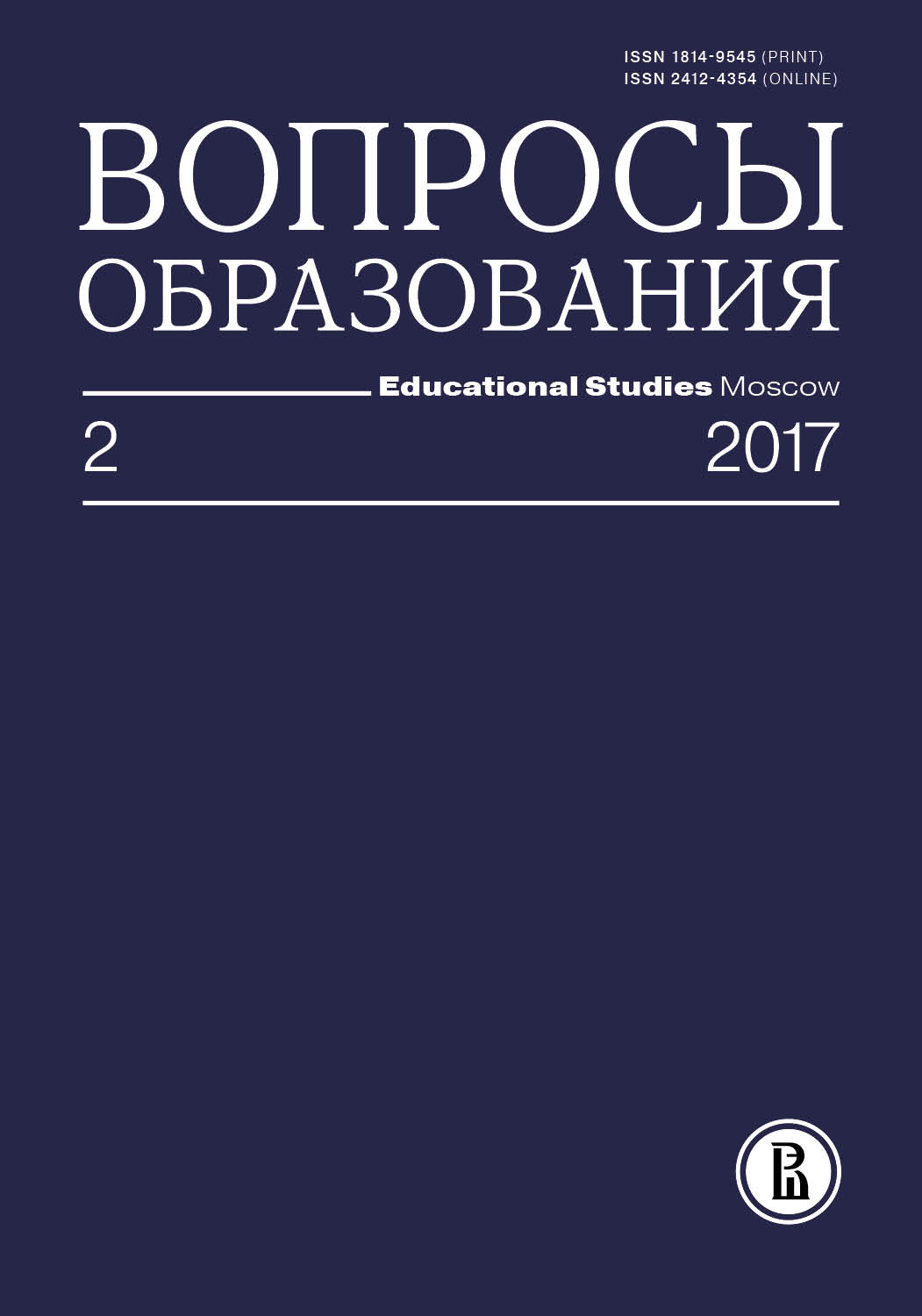The Playground as a Phenomenon of Children’s Subculture
Abstract
The playground is analyzed from the perspective of cultural-historical psychology as a cultural artifact and a cultural tool for mental development. In accordance with its cultural function, a playground must provide opportunities for children and adolescents to satisfy their need for playing, moving, exploring the environment’s properties and their own physical abilities, as well as communicating with other children and adults. Allowance for these functions should be made both when selecting the equipment and when planning the overall playarea. Analyses of landscape architecture courses in Russia have demonstrated that neither syllabi nor study materials available in Russian provide the necessary training tools to enable landscape architects to design a playground that would satisfy the needs of children and adolescents. Therefore, cross-disciplinary cooperation is required. Developmental psychologists should be involved in playground planning as well as in the process of urban development training. Our results compare the behavior of children in conventional (16 playgrounds in Moscow) and next-generation playgrounds (6 playgrounds: in Neskuchny Garden in Moscow, Mikhailovsky Garden in Saint Petersburg, and Sochi Park). The next-generation playgrounds were found to answer children’s developmental needs better, unlocking the potential of the playground as a development tool. This confirms the point on effective cooperation between landscape architects and psychologists.









